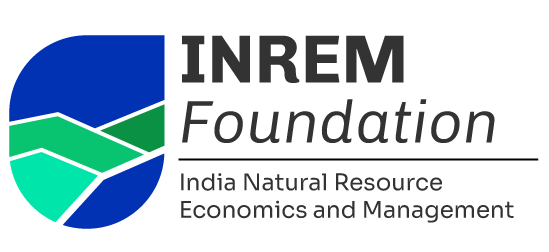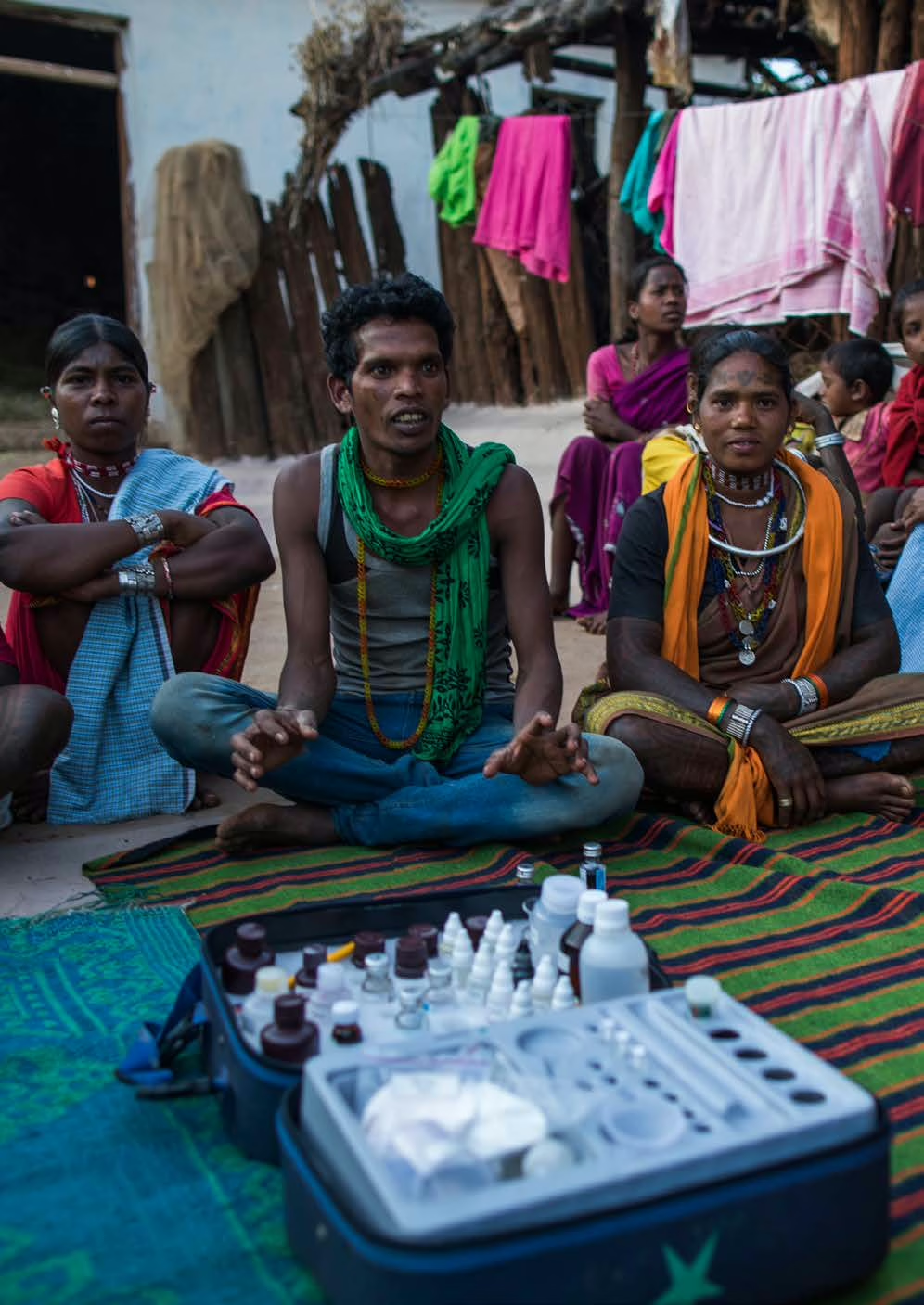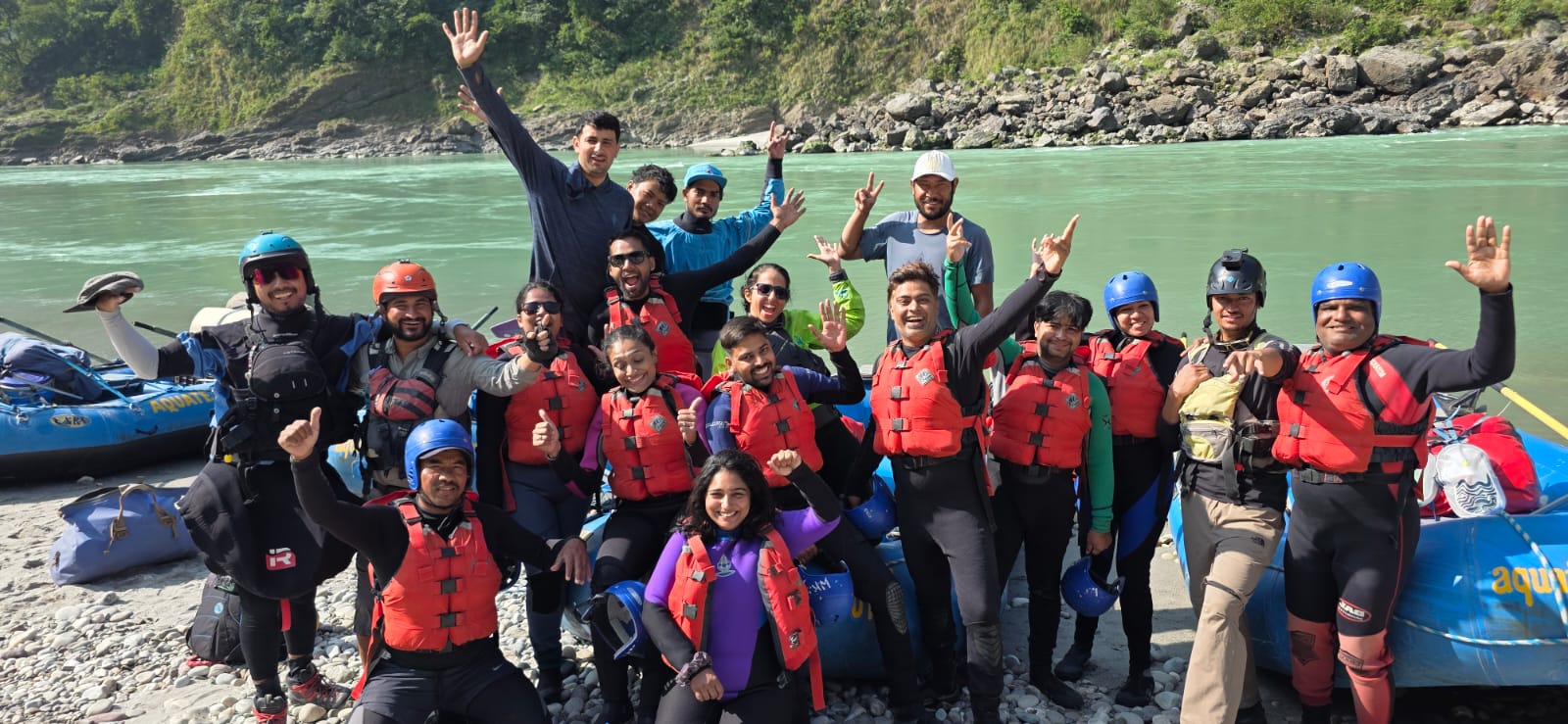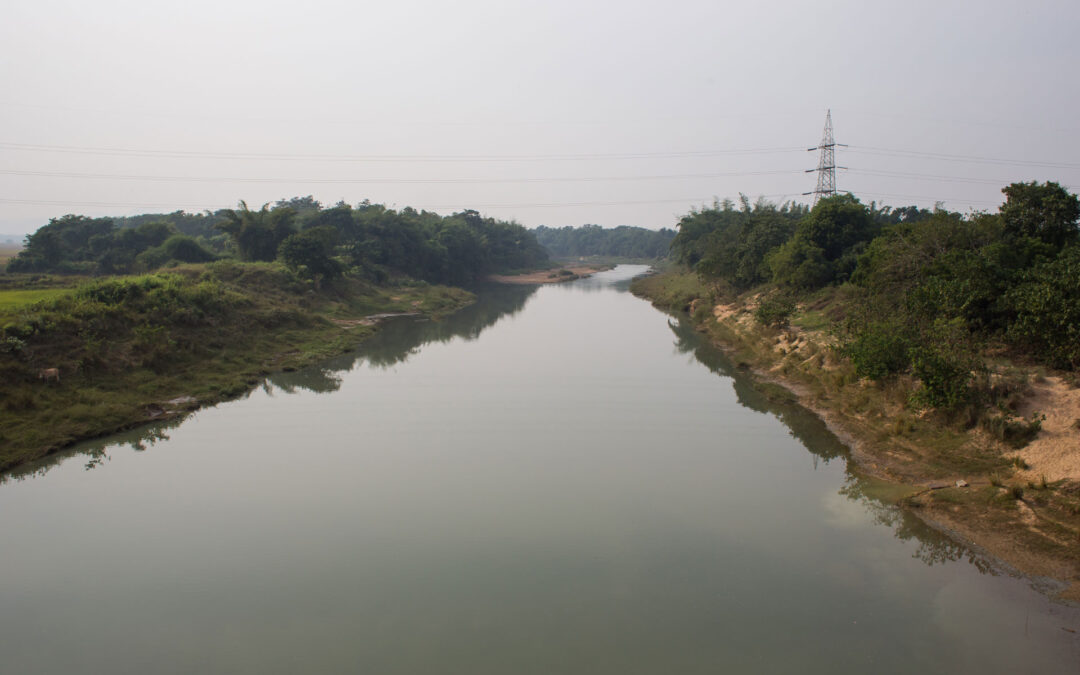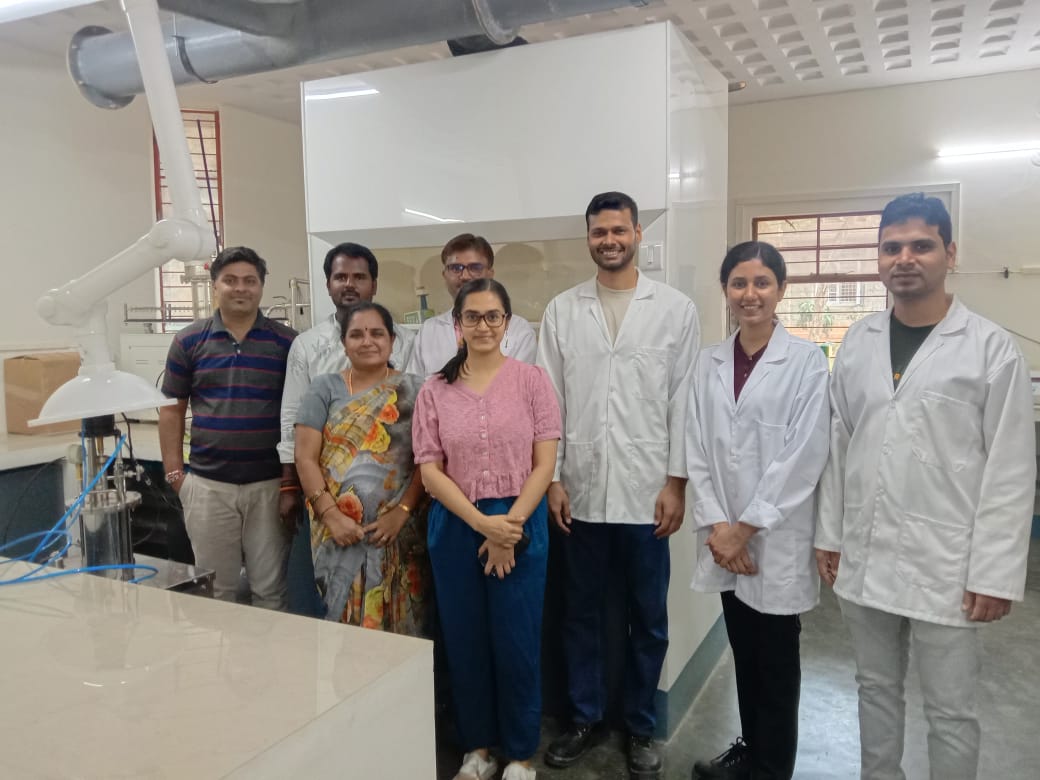INREM’s district platform model links community water testing with government planning and resources. Quick wins (safe-pump sharing, household fixes) are combined with district plans so solutions scale and stick.
Key facts:
- Model tested across districts such as Jhabua, Nalgonda, Dungarpur, Balasore.
- Focus: fluoride & arsenic mitigation, with scope to cover nitrates, salinity and biological risks.
- Core elements: community testing → platform review → departmental convergence → verified action.
Community Diagnosis
Village testing and Symptom mapping.
Platform Convening
Nodal department + Collector + CSOs
Short & Medium Term Plan
Safe-source sharing, filters, piped solutions, budget alignment.
M&E & Accountability
Periodic surveys inform monthly/quarterly platform reviews.
